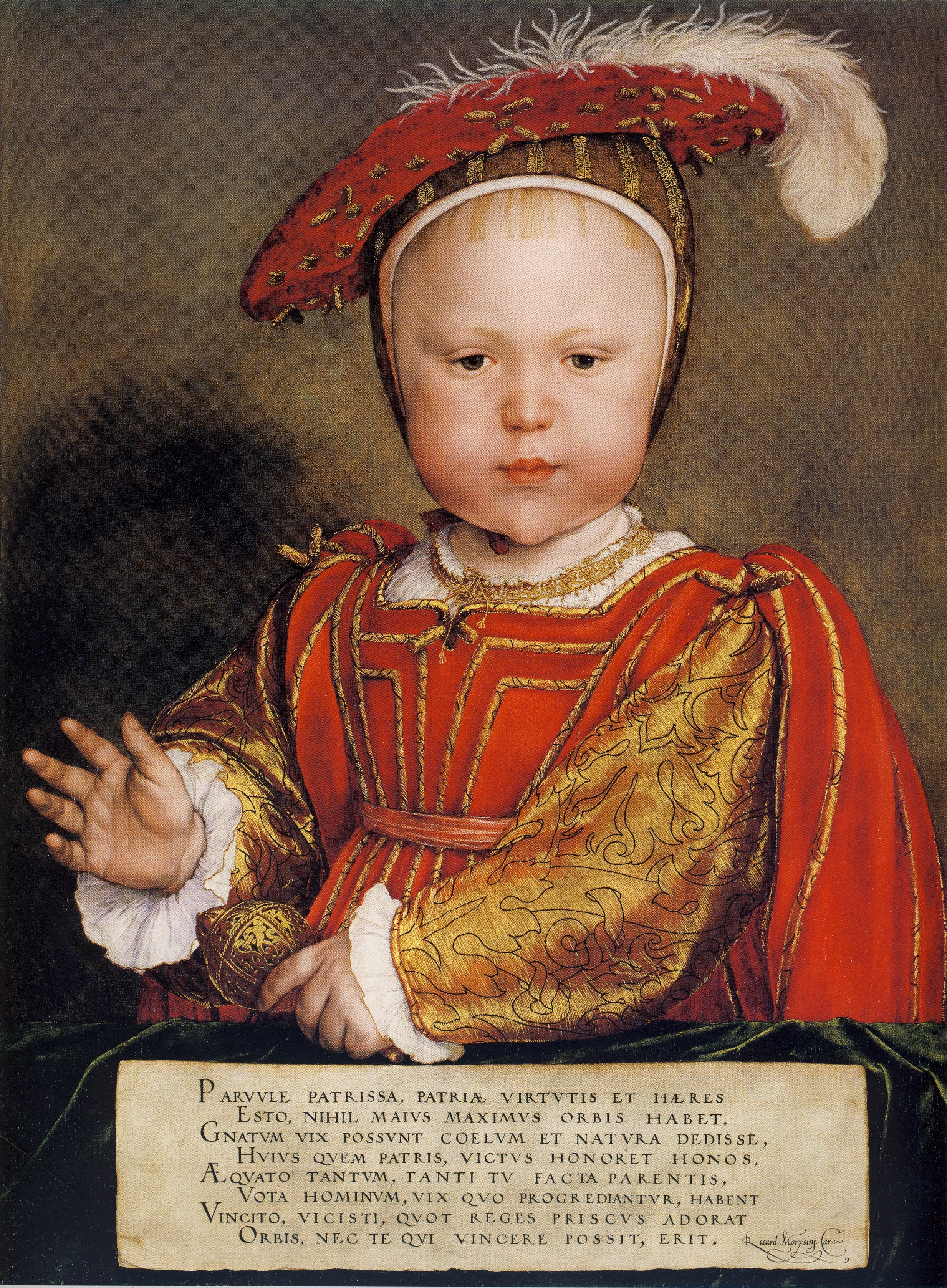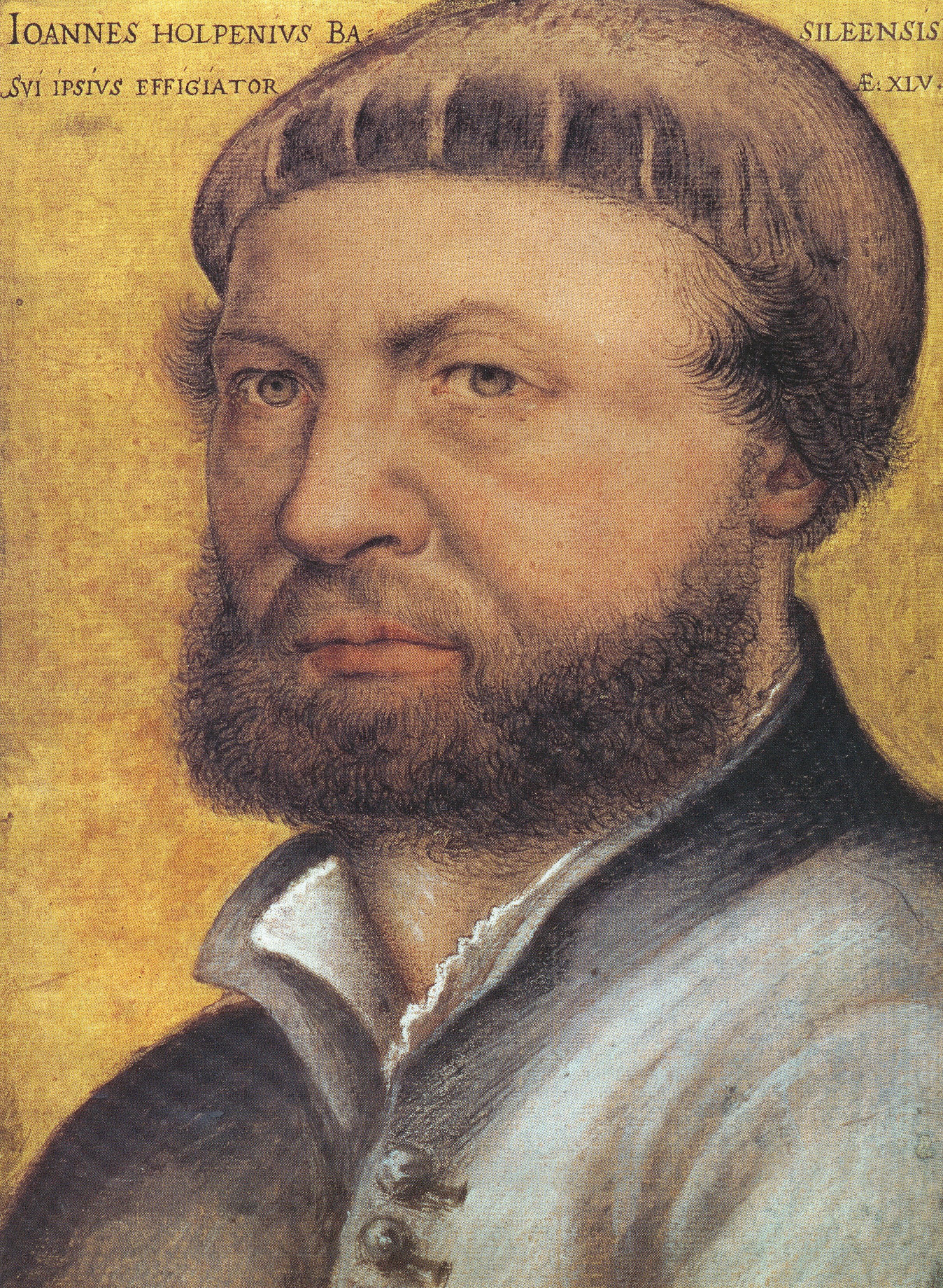We rarely present royal portraits but this time I couldn't resist. In Renaissance art, children were usually portraited wearing grown-up clothes. This is why when you see them for the first time you may think that something is wrong. In 1526 after the Reformation brought social and political upheaval to Germany creating an unfavorable climate for artists, Holbein moved to England. He first painted for Sir Thomas Moore's circle of high servants of the crown, before becoming painter to the King himself, Henry VIII. As court painter Holbein produced portraits, festival sets and other decorations intended to exalt the King and the Tudor dynasty, along with designs for jewelry and metalwork. In his portraits Holbein endowed his sitters with a powerful physical presence which was increasingly held in check by the psychological reserve and elegance of surface appropriate for a court setting. This portrait of Henry VIII's only legitimate son and much desired male heir exemplifies these qualities. Edward was born on 12 October 1537 to Henry's third wife, Jane Seymour, and this portrait appears to be the one given to the King on the New Year of 1539. The form of the portrait and the long Latin verse provided by the poet Richard Morrison flatter the royal father and emphasize the succession. Holbein depicted the baby prince as erect and self-possessed, one hand holding a scepter and the other hand open in a gesture of blessing. His frontal pose before a parapet is a type reserved for royalty or for images of holy figures.




Edward VI as a Child
oil on canvas • 68 x 44 cm
 Hans Holbein the Younger
Hans Holbein the Younger